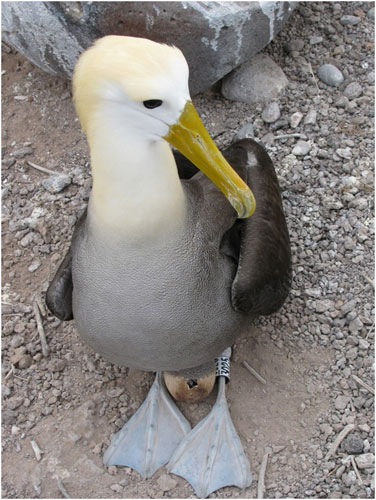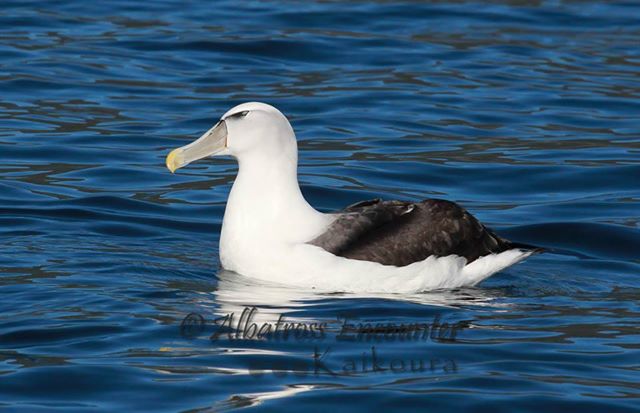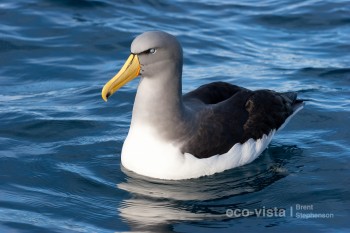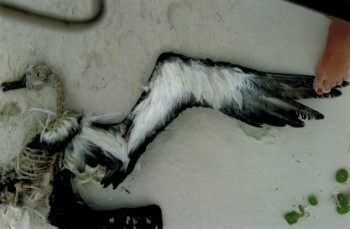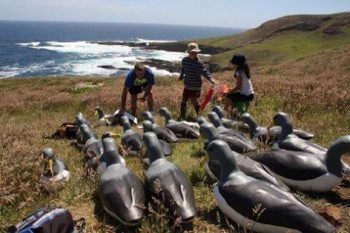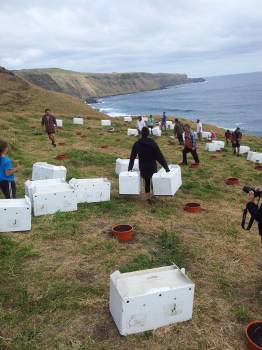Bianca Vieira (Centro Nacional de Pesquisa e Conservação de Aves Silvestres, Instituto Chico Mendes de Conservação da Biodiversidade, Brazil) and colleagues have written in Check List (an online journal of biodiversity data) on bird surveys conducted within Brazil’s Arvoredo Marine Biological Reserve. A total of 17 procellariiform birds was recorded at sea within the reserve, among them nine species of ACAP-listed albatrosses and petrels.
The paper’s abstract follows:
“The Arvoredo Marine Biological Reserve (RBMA) is a protected area in southern Brazil created in 1990 to safeguard the marine biodiversity of the Arvoredo Archipelago. There are only few studies about bird assemblage in most of the Brazilian coastal islands, including this protected area. Therefore, this paper presents the first complete list of birds for RBMA based on data from literature and surveys between 1986 and 2012 on islands and surrounding waters. Birds were recorded during captures using mist-nets and opportunistic observations on land in January 2012, as well as in monthly strip-transects and sectors on sea between 2010 and 2012. The present list includes 84 species (15 captured) from primary data and 22 species from other sources, totaling 106 species from 37 families. Bird assemblage in the RBMA is composed by 44 aquatic birds and 62 landbirds, whereas 13 are endemic to the Atlantic Forest and 12 are threatened. As expected due to the diversity of habitats, Arvoredo and Galé Islands supported the richest assemblages in the RBMA. The number of species in the whole RBMA is smaller than bigger islands elsewhere in the Atlantic Forest domain, but similar to same-sized and same-habitat ones. Our results highlight the importance of this reserve as a suitable and isolated habitat to forest species. Deserta Island is an important site for nesting, resting, and foraging seabirds.”

Black-browed Albatross, photograph by John Larsen
Reference:
Vieira, B.P, Dias, D., Rocha, H.J.F. & Serafini, P.P. 2015. Birds of the Arvoredo Marine Biological Reserve, southern Brazil. Check List 11. DOI:http://dx.doi.org/10.15560/11.1.1532.
John Cooper, ACAP Information Officer, 24 January 2015

 English
English  Français
Français  Español
Español 